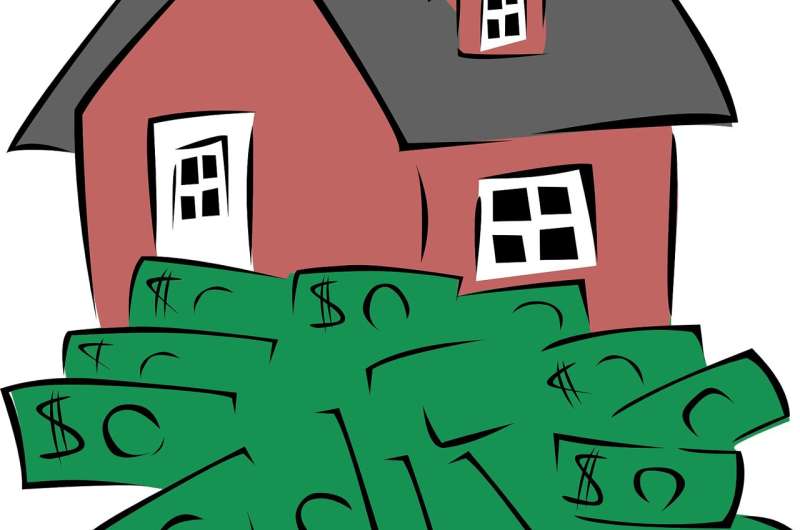What 'mass deportation' means for housing costs

Mass deportation of undocumented immigrants has been touted by the incoming Trump administration as a way to increase jobs for U.S. citizens and reduce housing costs.
However, a new study co-authored by a University of Utah business scholar concludes that such a policy would likely backfire because it would drain the construction workforce, significantly slowing an already sluggish rate of new residential construction.
"We're able to show that when you increase immigration enforcement, you do in fact generate a reduction in the number of individuals who are supplying labor to the construction industry in a given county," said co-author Troup Howard, an assistant professor in the School of Business's Marriner S. Eccles Institute for Economics and Quantitative Analysis. "We show that those reductions in workforce are associated with a large decline in homebuilding."
That in turn would lead to higher home prices, even for existing housing stock, potentially exacerbating the housing affordability crisis. While deportations would likely free up some residential space, that doesn't come close to offsetting the effect of reduced construction.
But it gets even more interesting. Howard's study found that deporting migrant construction workers, who often fill low-skill positions, could wind up reducing job opportunities across the entire industry.
Co-authored by economists Mengqi Wang of Amherst College and Dayin Zhang of the University of Wisconsin-Madison, the working paper was on SSRN Electronic Journal last year. While it remains under peer review for publication in a journal, the study has already been cited widely in the national media.
Since the collapse of the housing bubble amidst the 2008 financial crisis, home construction has yet to fully recover, resulting in a sustained increase in home prices over the past 15 years. The peak year for new homes since 2008 barely exceeds the lowest point for the five decades preceding the Great Recession, according to Howard.
Much academic focus on this situation has been directed at the role of zoning and regulations play in the housing shortage. Howard and his colleagues, however, turned their sights on the impact of deportations on an industry that relies on undocumented workers.
To conduct the study, the economists analyzed what happened in counties across the nation after they implemented the federal Secure Communities program, which stepped up immigration enforcement beginning in 2008 and covered every county by 2013.
Counties implemented Secure Communities at different times over a four-year period, which enabled Howard's team to draw causal connections between deportations and slowdowns in residential construction.
"That gradual rollout lets us sweep away the broad factors that affect housing markets nationally, to isolate the impact of immigration policy," he said.
For each year, the team paired counties that had implemented the program with counties yet to adopt the policy, allowing them to compute the national average for the program's impact on home construction.
"This approach gives us the statistical confidence that we are actually measuring the impact of increased immigration enforcement rather than some coincidental thing that's happening in the world," Howard said. "We find that increasing immigration enforcement causes the average county to miss out on about a year's worth of construction over the four-year period after implementation."
Meanwhile, these deportations won't do much to increase either housing supply or employment for U.S. citizens.
The study also found that many construction positions opened up by deported employees were not filled by American workers, particularly in lower skilled occupations.
"Say two jobs get vacated because workers are removed from the country. One of those jobs is going to be filled by an American, the other one doesn't get filled," Howard said.
That mathematically leads to net losses in the number of people willing to work in low-skilled construction occupations that immigrants typically hold. This in turn undermines the higher-skilled jobs—for citizens and undocumented workers alike.
"It looks like the net losses in people willing to work in these lower-skilled occupations are inducing an overall slowdown in the construction industry," Howard said. "The more casual way of saying that is that you need someone to come in and frame the house before you need the relatively higher-skilled plumbers and electricians to come in and finish the house."
More information: Troup Howard et al, Cracking Down, Pricing Up: Housing Supply in the Wake of Mass Deportation, SSRN Electronic Journal (2024).
Provided by University of Utah



















